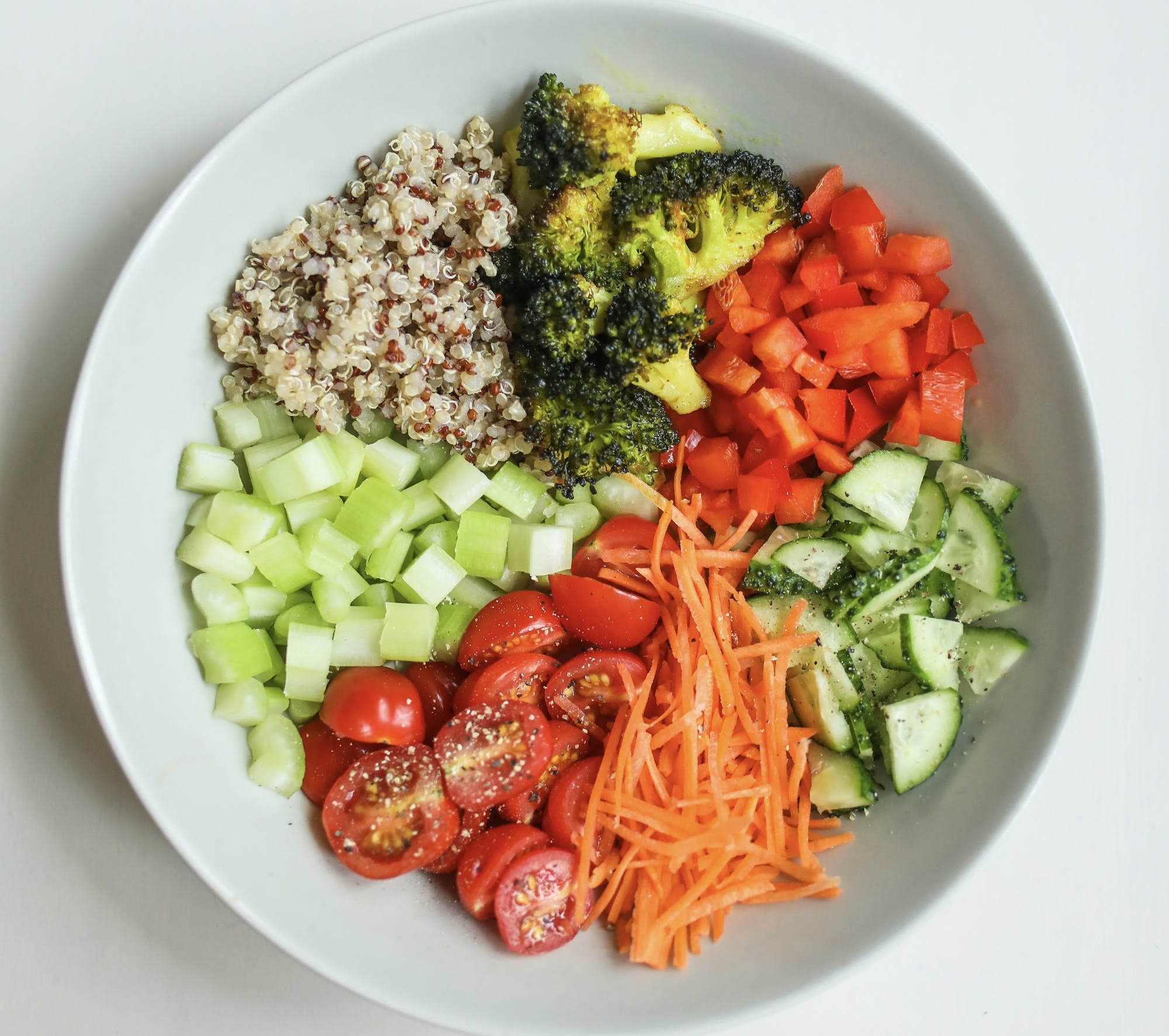Why Crash Diets Fail and What to Do Instead
Crash diets promise quick weight loss, but they rarely lead to lasting results. They often involve eating very few calories, cutting out entire food groups, or following extreme rules. While you might lose weight quickly at first, the results usually don’t last and can even harm your health. Understanding why these diets fail and what to do instead can help you reach your goals in a healthier way.
Why Crash Diets Don’t Work Long-Term
They Slow Your Metabolism
When you eat too little, your body thinks it’s in a food shortage. To save energy, it slows down your metabolism, meaning you burn fewer calories. Once you start eating normally again, your slower metabolism can make it easier to gain back the weight.
They Cause Muscle Loss
Extreme calorie cuts often lead your body to break down muscle for energy. Losing muscle not only weakens your body but also further slows your metabolism, making it harder to keep weight off.
They Are Hard to Stick To
Crash diets are usually too strict, which makes them difficult to maintain. Once you stop, you may return to your old eating habits, and the weight comes back.
They Can Harm Your Health
Eating too little or cutting out important nutrients can cause fatigue, dizziness, hair loss, digestive issues, and a weakened immune system.
What to Do Instead
Focus on Balanced Eating
Include a variety of foods from all food groups — vegetables, fruits, whole grains, lean proteins, and healthy fats. This helps you get the nutrients you need without feeling deprived.
Eat in a Calorie Range You Can Maintain
Instead of starving yourself, reduce calories slightly — enough to lose weight slowly, about 0.5 to 1 kg (1–2 lbs) per week. This pace is easier on your body and more sustainable.
Prioritize Protein and Fiber
Protein helps maintain muscle mass, while fiber keeps you full for longer. Include foods like chicken, eggs, beans, lentils, whole grains, fruits, and vegetables in your meals.
Stay Active
Exercise helps burn calories, preserve muscle, and boost your mood. Aim for a mix of strength training, cardio, and daily movement like walking or stretching.
Make Gradual Changes
Instead of trying to overhaul your diet overnight, start with small improvements. For example, replace sugary drinks with water, add more vegetables to meals, or cook at home more often.
Final Thought
Crash diets may seem tempting for quick results, but they often set you up for frustration and weight regain. A balanced, steady approach is the real key to long-term success. By eating nutritious foods, staying active, and making small, lasting changes, you can reach your goals and maintain them without harming your health.



